Flow Control Valves
Valveforce in control and relieving the pressure
Our high quality flow control valves are designed to regulate the pressure or flow of a liquid. Working alongside actuators they are used in many industries for control of fluids.
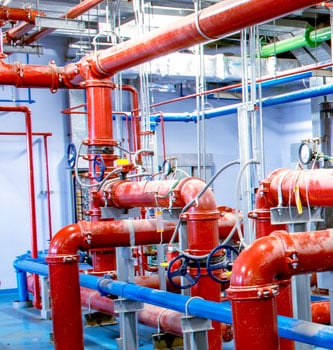
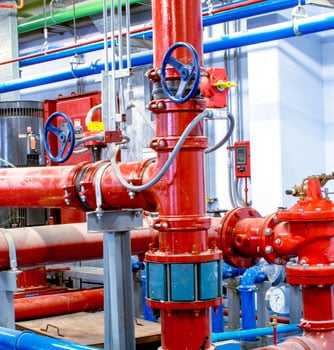
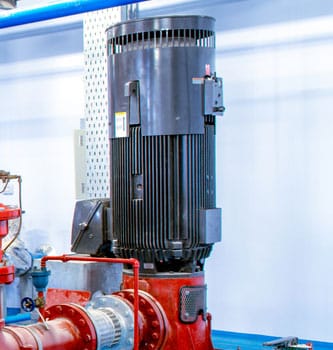
Speak with our experts
Fill out our quick and easy contact form with your enquiry and we'll get back to you.
Control Valves Extensive Range
There are many types of flow control valve in our extensive range which covers products such as mixing and diverting, Electric, Pneumatic for high pressure applications and two way flow control valves.
A flow control valve is used for many industries such as food and beverage, heating, water, energy, paper and pulp. Valveforce prides itself on being the ‘one stop shop’ for all your control valve requirements, from product specification to product supply or maintenance and installation. We will always provide you with the best flow control valves for your application.
Flow Control Valves Explained
What is a Flow Control Valve?
Flow Control valves are designed to regulate the flow of a fluid or gas. The valves open either partially, fully, or close in a similar manner to manage the amount of fluid or gas allowed to pass from one direction to another.
Flow control valves are used throughout industrial processes to control the volume, speed, pressure, or temperature of a fluid or gas in a variety of applications.
How Does a Flow Control Valve Work?
Automatic flow control valves are controlled with some form of electronic positioner, working together with sensors and control points set within a PLC control system or something similar.
Based upon the process measurements read by the sensors, the process controller PLC calculates what action needs to be taken in order to keep the process aligned to the required set points and the process controller tells the control valve how much to move and in which direction to move.
Types of Flow Control Valves
Ball Valves
Ball valves have either a perforated, hollow, and pivoting ball that is utilised to either isolate or control the flow. The flow opens up when the hole of the ball lines up and closes when it has pivoted through 90 degrees.
Ball valves are often seen as very reliable, cost effective and durable, even when they have been through many cycles, there is a significant amount of seats, body materials and actuation options available.
Check Valves
Check valves prevent the reversal of fluid flow in piping, as they remain open when the fluid is flowing or close if this fluid is reversed. This type of valve includes lift checks and swing checks, but only allows fluid to flow in one set direction. Check valves are used for numerous different applications due to their simple design and functionality.
Check valves are typically used on fluid systems where flow reversal could cause issues on a particular process, or it could be deemed as dangerous.
Butterfly Valves
Butterfly valves can either regulate or isolate flow. Butterfly valves have a similar system design to that of a ball valve in the sense that they are specially designed to achieve a fast shut-off whenever necessary. Inside a butterfly valve there is a disk in the centre of the pipe and a rod connected to an actuator, which is then passed through the disk. The disk is always present within the flow, meaning a pressure drop can always be induced irrespective of the valves positioning.
Butterfly valves are typically 80 mm+ and pick up where most ball valves stop. They are used extensively on water, fluid or oil and gas applications, where you need to regulate or isolate the process line.
Gate Valves
Gate valves are primarily used for on/off, non-throttling service. Gate valves tend to get used most in applications that call for a straight-line flow of fluid with minimum restriction. They operate when the user rotates the stem in a clockwise to close motion or a clockwise to open motion – the gate then moves up or down on the threaded step when an operator moves the stem. Therefore, it’s classed as a multi-turn valve, as it needs to turn several times before it can go from open to closed. The generally slow operation of gate valves is what effectively prevents water hammer symptoms. Gate valves are typically used on large pipework carrying either steam or water.
Globe Valves
Globe valves are designed to regulate or isolate flow inside a pipeline. Globe valves have a stationary ring seat along with a disk-type element, referred to as a plug. The name is derived from its typically spherical body shape, but it’s worth noting that two halves of the body are separated by an internal piece. Such valves are regularly utilized in hot water heating circuits or steam distribution lines where you may require frequent operation and throttling.
Bellows sealed globe valves are also you used where you do not want the media to be able to leak through a gland seal to the environment either from and health and safety point of view or a to reduce heat losses with steam emitting to the atmosphere.
Considerations for Choosing a Flow Control Valve
Flow Rate Control - what is the minimum and maximum controllable flow rate required for a component or process? This can also relate back to the port size of the unit
Precision and Accuracy - what precision and accuracy of flow is required? Is the process cyclical?
Configuration - consider the configuration of your systems and what valve will match up with your needs
Connection - what type of connection is required? Which valve will provide this connection?
Control Method - are you able to manually adjust your valve or would a remote actuated method be better suited?
Working Environment - factors relating to aggressive environments may limit the choice of the valve material
Working Pressure - what is the minimum and maximum operating pressure of the system or application? We need to consider the differential pressure across the valve
Working Temperature - consider minimum and maximum operating temperature
Valveforce Flow Control Valves
Mixing & Diverting Flow Control Valve
Three Way Electric Control Valves:
- Especially designed for a wide range of fluids like water, thermal oil etc.
- Offer an optimised and modular solution for industrial process.
SART Three Way Pneumatic Control Valves
- For use in hot water & thermal oil systems to maintain constant fluid temperature supply flow control.
- Excellent flow control guaranteed by finely engineered three port junction & plug.
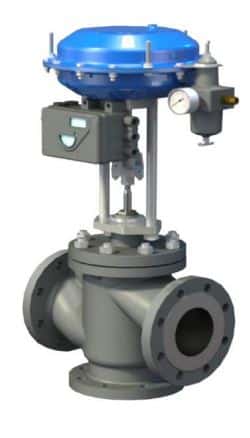
Technical Data Sheet
Electric Flow Control Valve
SART Three Way Electric Control Valves
- Flow control valve for applications where electric actuation is advantageous
- Allows for remote control
- Quality control design for large actuation forces
- Valveforce have expertise in supplying electric control valves to the NHS & HVAC industry
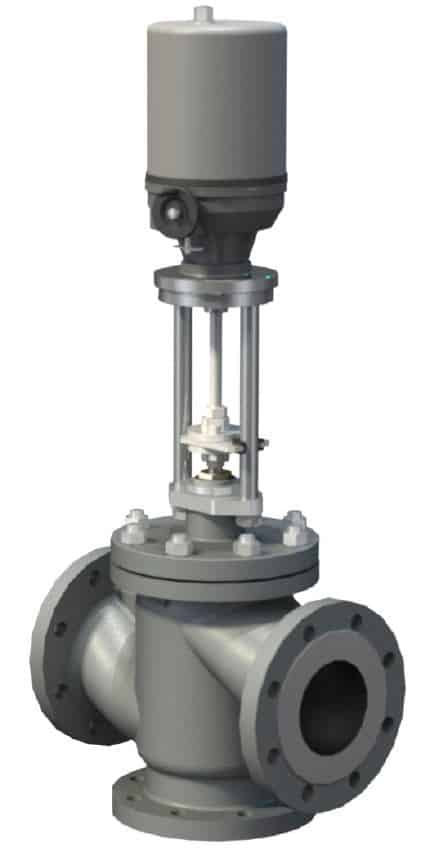
Technical Data Sheet
Pneumatic Flow Control Valves For High Pressure Applications
SART Two Way Pneumatic Control Valve
- Resilient flow control valve construction for severe service applications
- Maximum pressures of 80 bar with permissible pressure drops of up to 30 bar
- Applications include turbine bypass, let down & de-superheating stations
- Integral pilot valve counteracts excessive back pressure
- Double & triple cage options allow for maximum protection against cavitation


